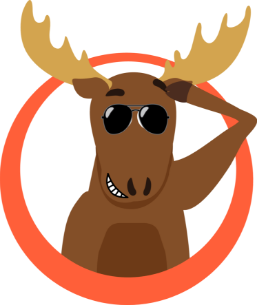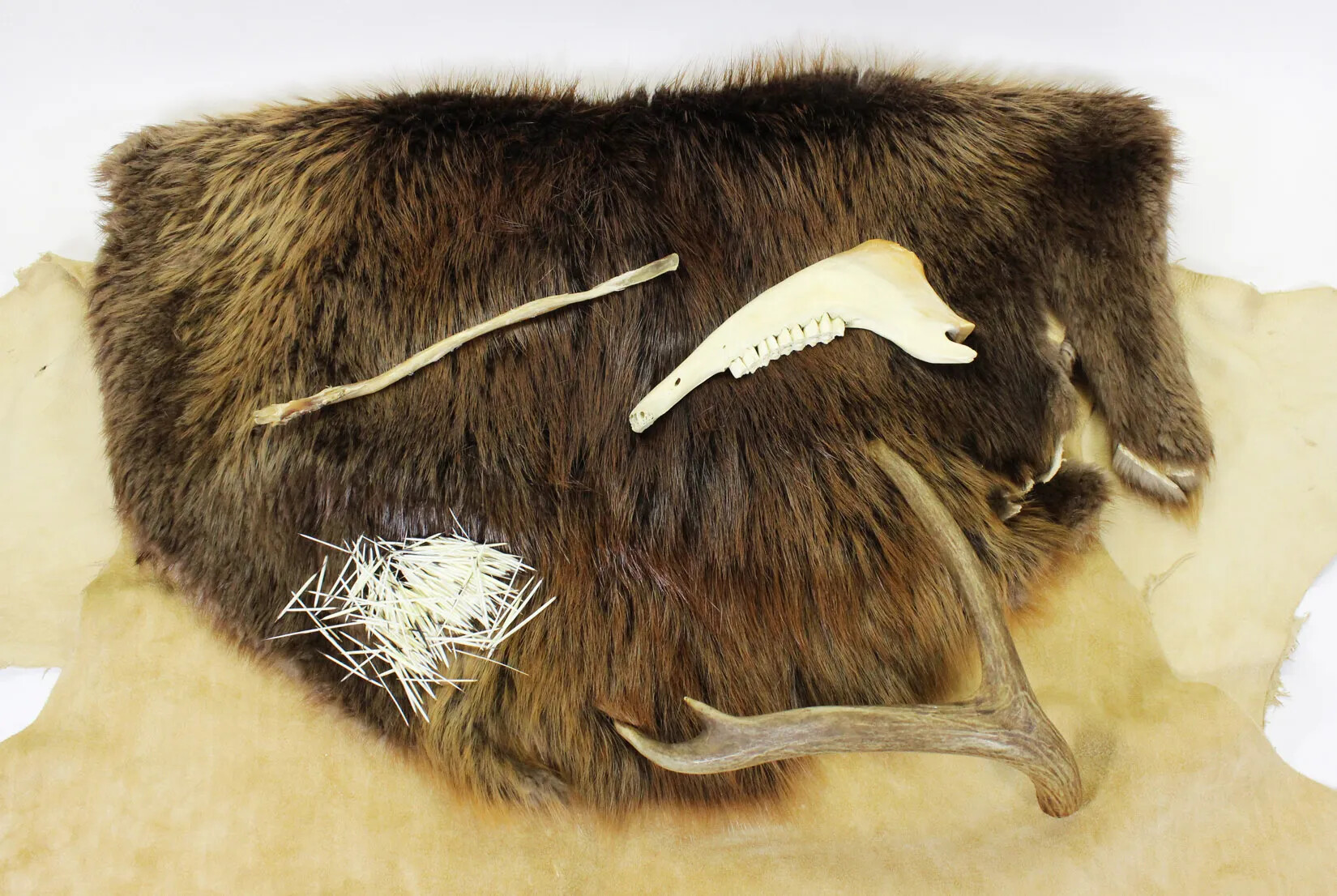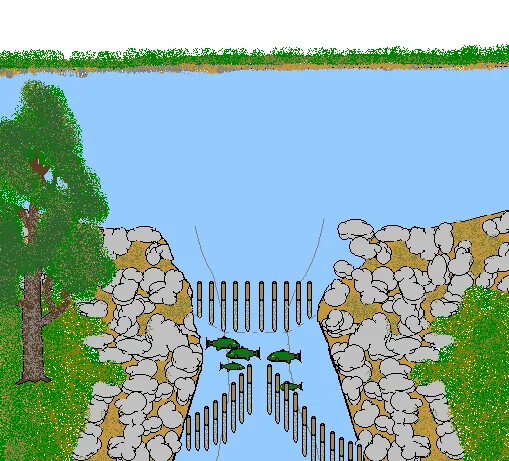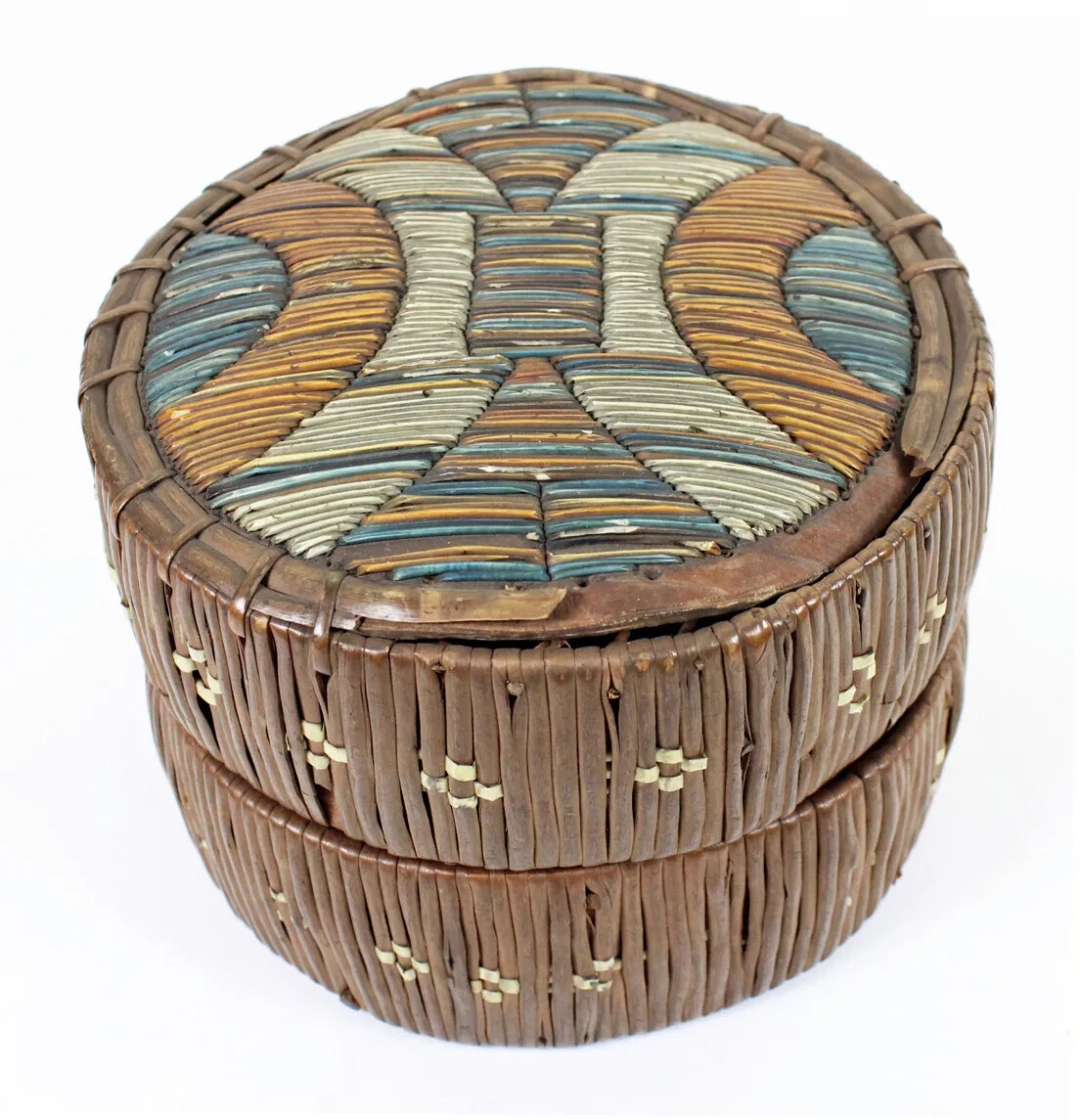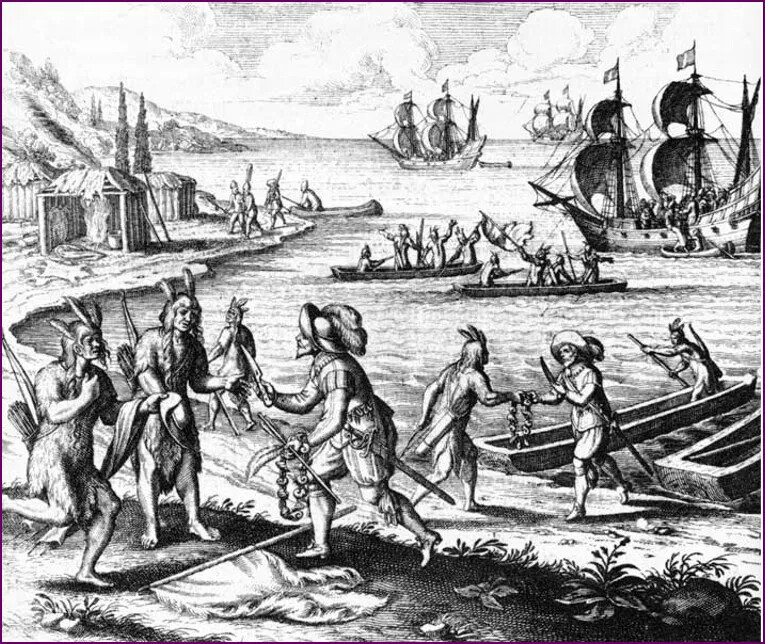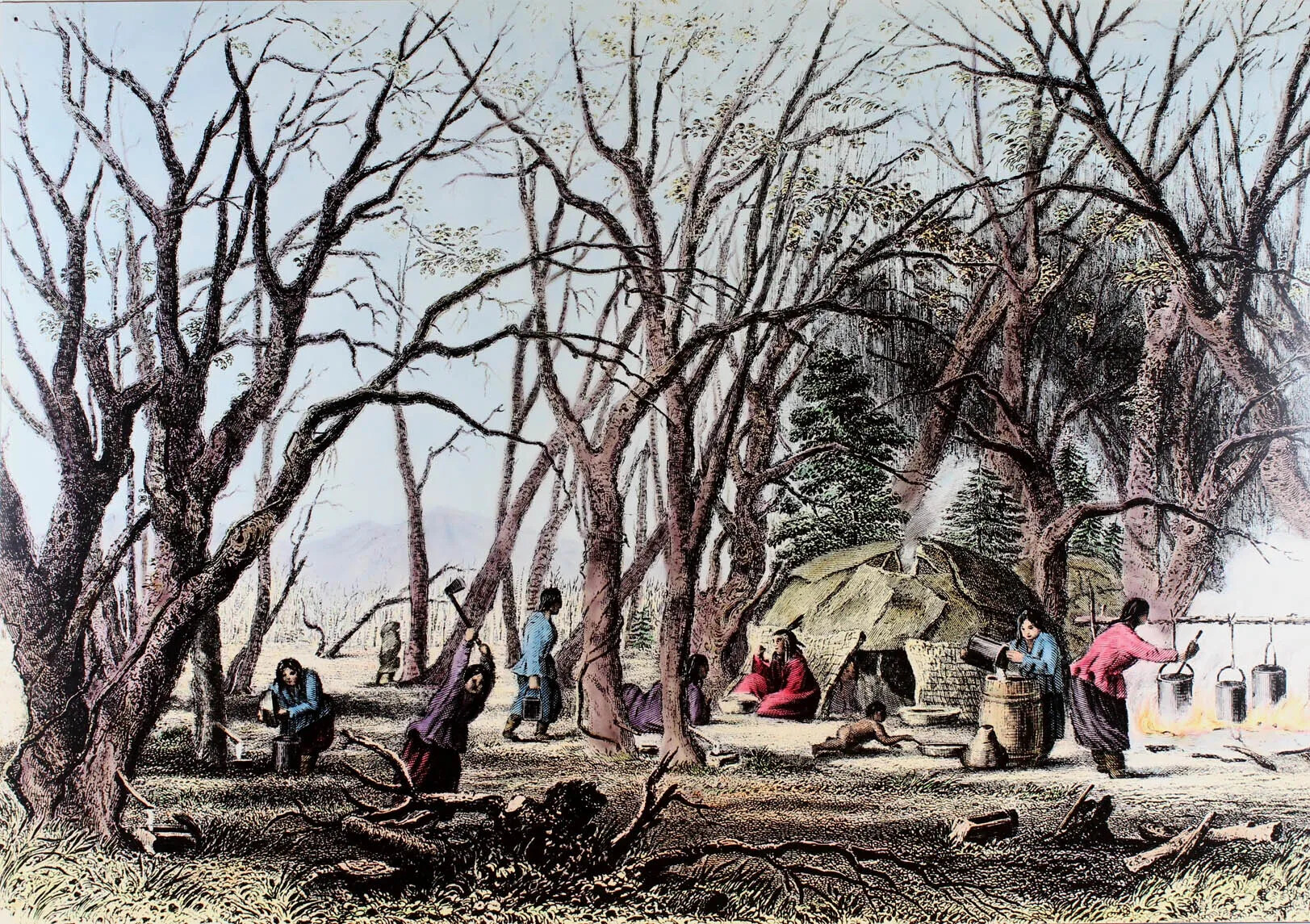The Abenaki before 1600
Abenaki means “people of the dawn” because as the sun rose each morning in the east, it shone on the Abenaki before any other people in North America. These first peoples who have lived in New Hampshire for thousands of years helped shape its history. Their culture is still celebrated in the state today.
As you learn more about the Abenaki, think about the following questions:
- How did where the Abenaki live impact how they lived?
- How did Abenaki traditions reflect their way of life and beliefs?





















